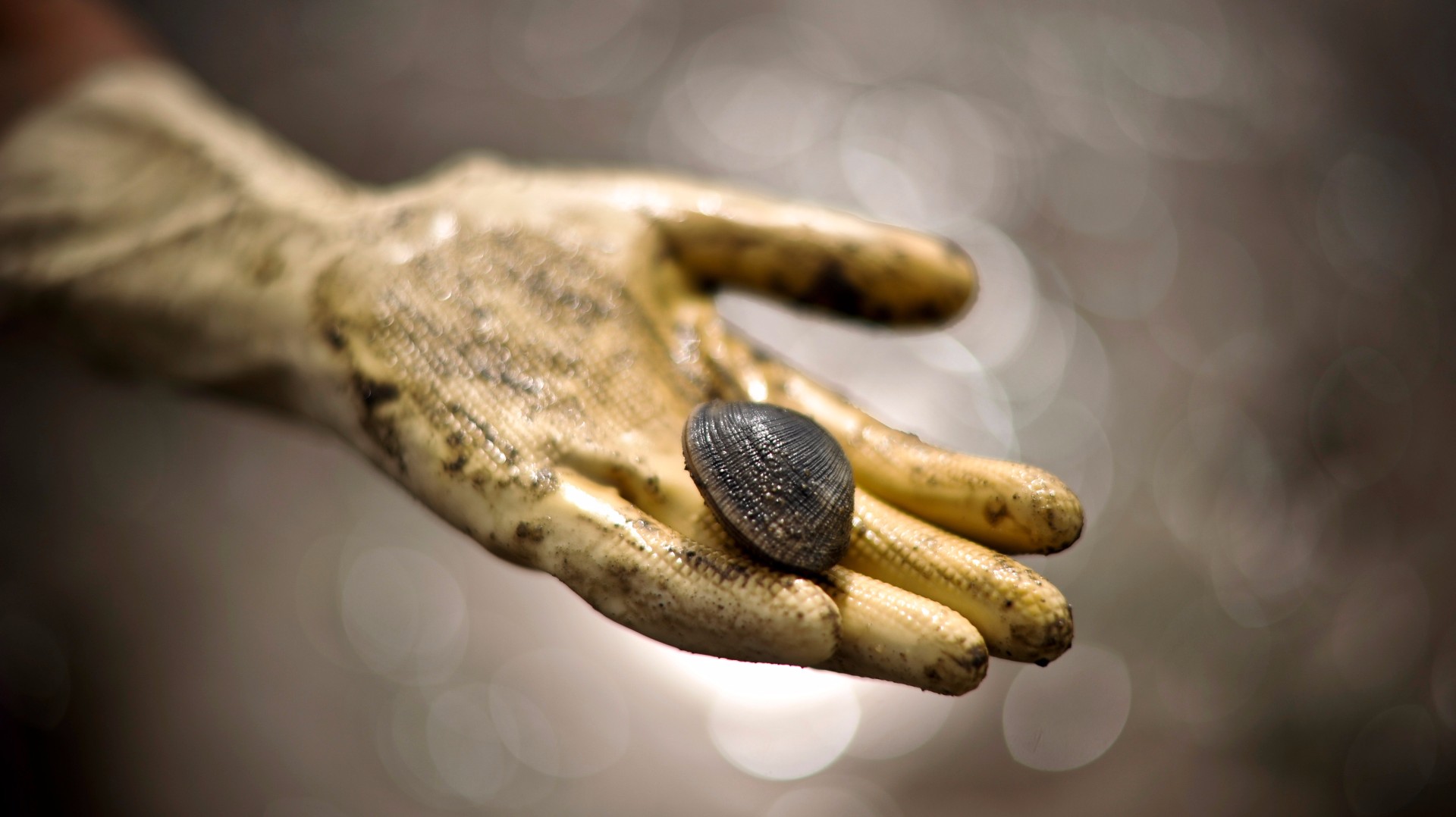Clams are more than just a tasty dish in chowder, they're also important in understanding Earth's history.
The world's oldest animals, 500-year-old clams have given scientists an unprecedented look at the climate history of the oceans.
By studying growth rings in the shells of quahog clams, scientists have pieced together the history of the North Atlantic Ocean over the past 1,000 years. The method is similar to how tree rings can serve as climate proxies by revealing clues about past weather and climate changes, including droughts.
Quahogs, also know as hard clams or chowder clams, are edible mollusks that live in the North Atlantic Ocean along North America and Europe.
By studying the clams' shells, scientists from Cardiff University and Bangor University in Wales found that the ocean's relationship with the atmosphere drastically changed over the centuries. That is likely due to the influence of greenhouse gases such as carbon dioxide and methane that have been pumped into the atmosphere from humanity's burning of fossil fuels, beginning with the Industrial Revolution.
Although clams have been used as climate proxies through the field called sclerochronology since the 1970s, the new study is the first time researchers have been able to obtain a 1,000-year record of the ocean with absolute dating precision, according to lead author David Reynolds of Cardiff University.
In the pre-industrial era, roughly before 1800, the climate was driven by natural factors such as volcanic eruptions and solar activity, he said. At that time, the ocean influenced the atmosphere. But since then, it's been the other way around: The atmosphere, with its increasing levels of carbon dioxide and other greenhouse gases, has driven major shifts underwater.
"The changes that we are seeing in ocean chemistry are unprecedented relative to the last 1,000 years," Reynolds said.
Scientists studied living and fossil clams from a sea bed north of Iceland. By comparing the ring widths of live and fossil shells, they were able to date shells that lived during the same time period because they contained the same pattern.
"By using multiple fossil shells we were therefore able to extend the record backwards through time to cover the entire last 1,000 years," Reynolds said.
The results of the study, published Tuesday in the peer-reviewed British journal Nature Communications, are critical to determine how changes in the Atlantic Ocean could impact the climate and weather across the Northern Hemisphere in the future.
“If we are to continue to develop the most robust near-term predictions of future climate change, we must continue to develop robust reconstructions of past ocean variability,” said study co-author Ian Hall of Cardiff University.


